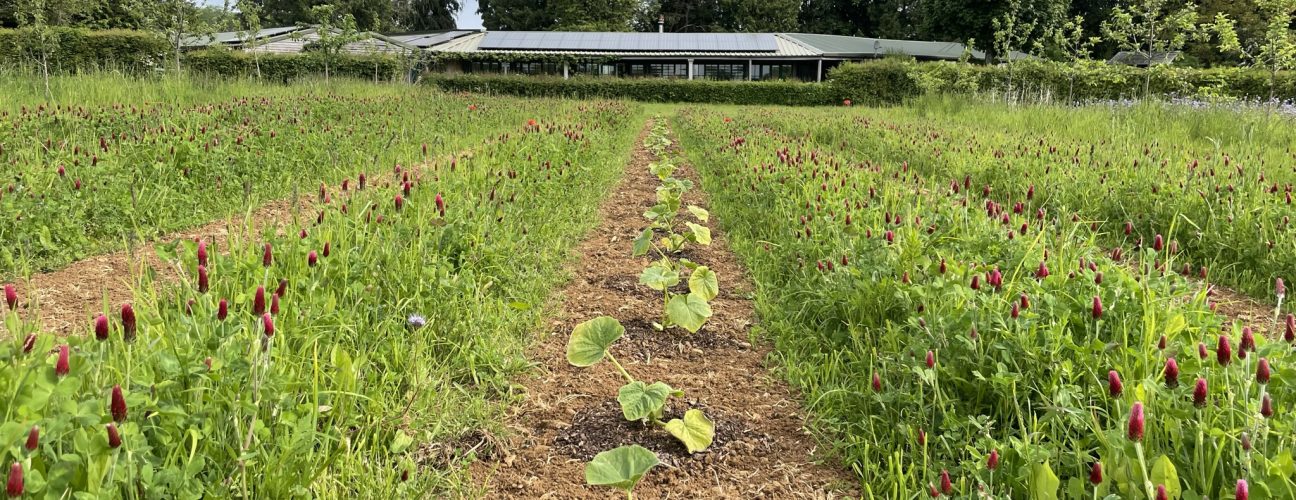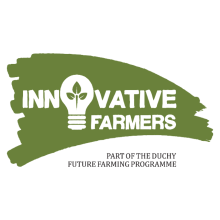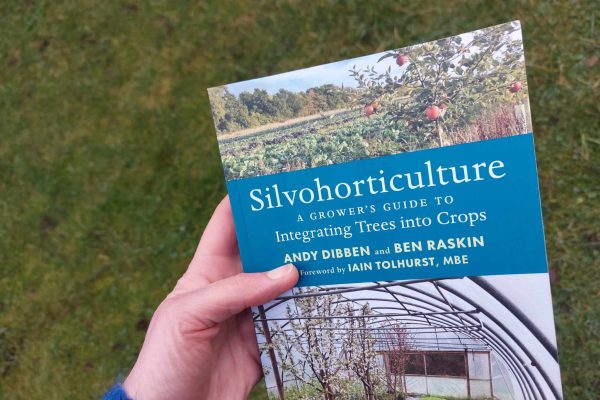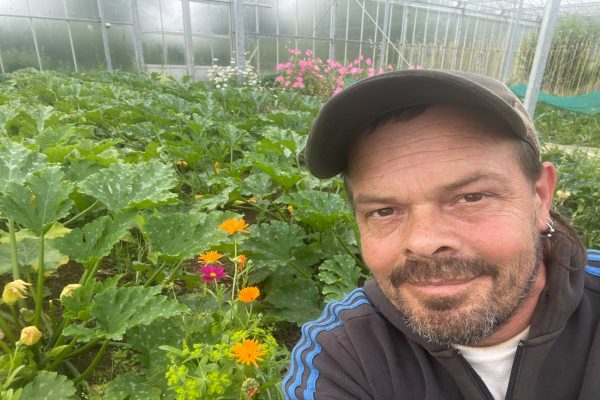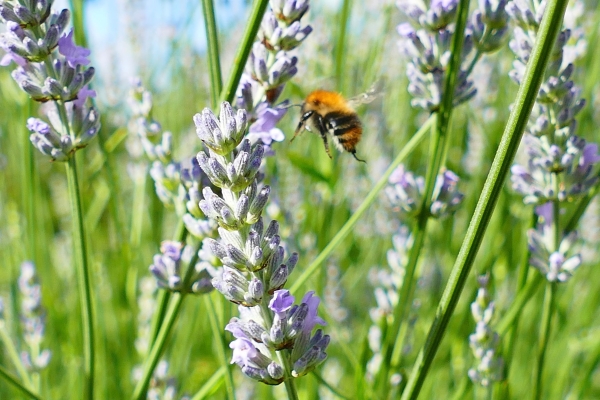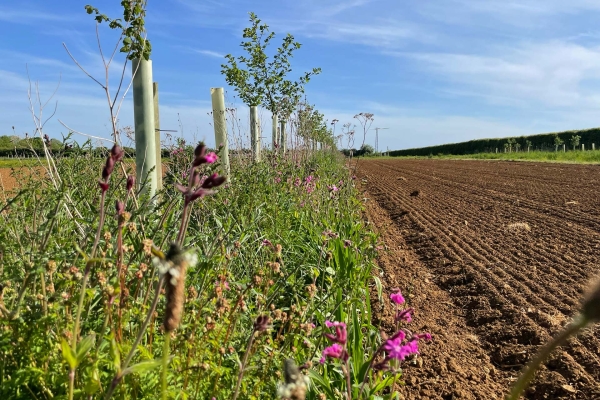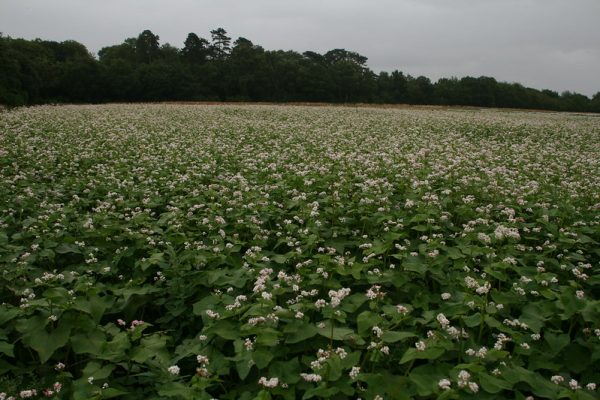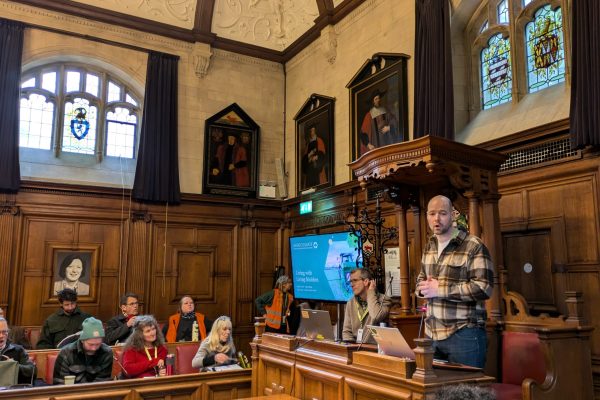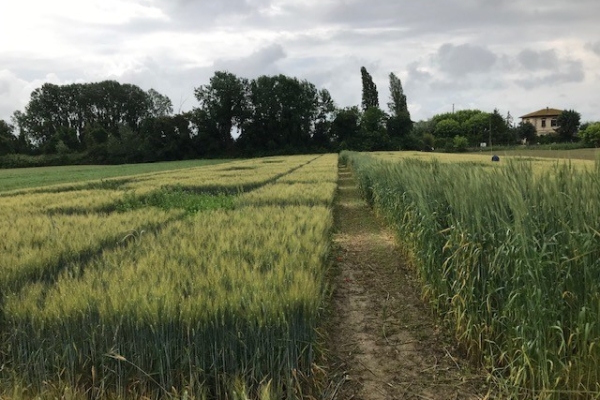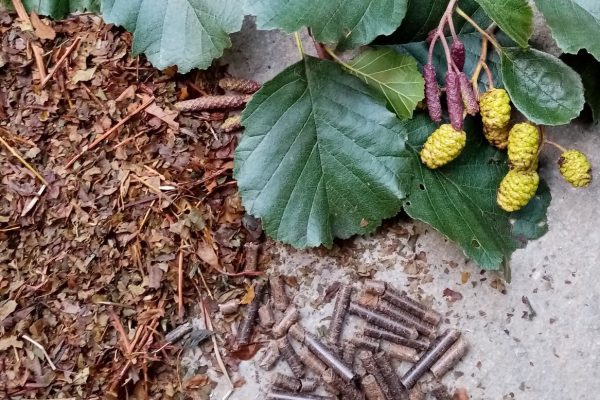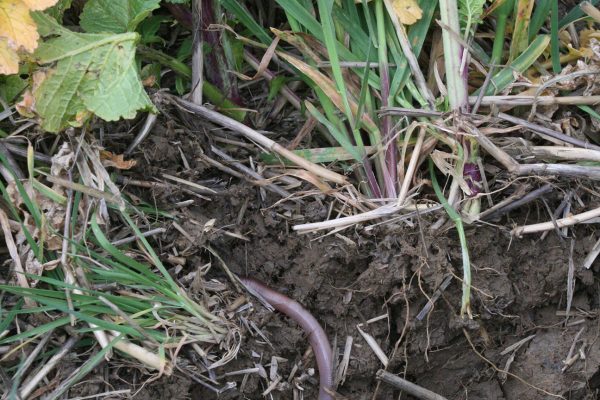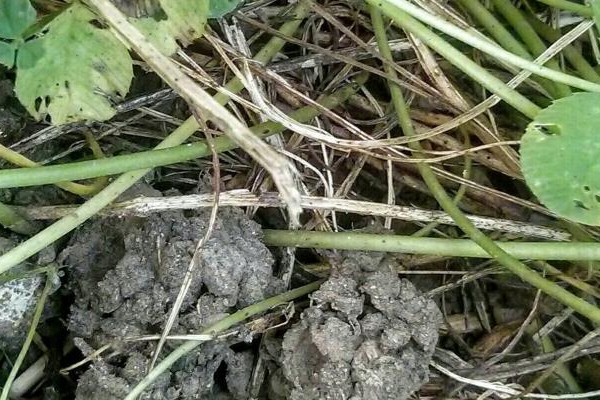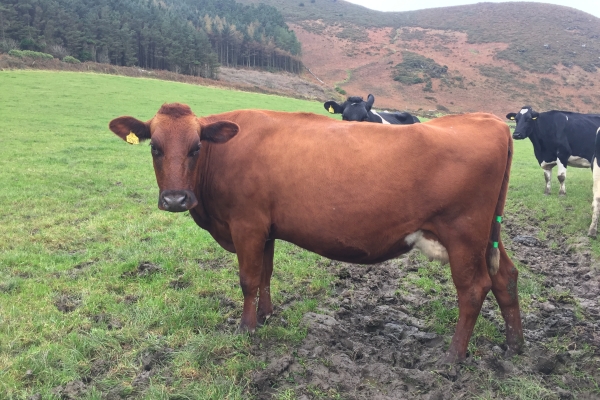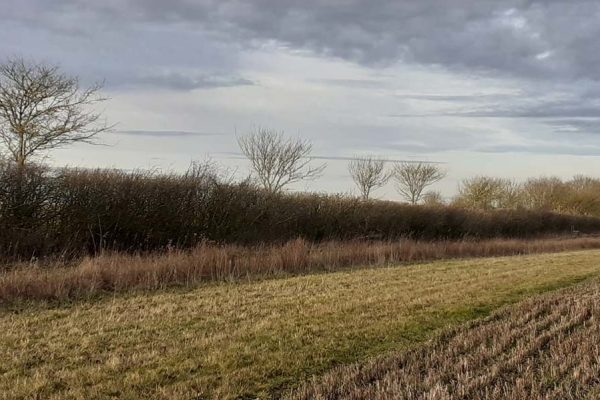Horticultural Strip Tillage into Living Mulches
Resource explained
Andy Dibben is part of the Innovative Farmers field lab ‘Strip-till in horticulture : cover crops and living mulches.’ Four organic vegetable producers are investigating the benefits of a strip tillage system in organic and low-input/regenerative horticulture. They are also comparing different cover crops and living mulches (LM). Andy recorded this series of short videos over two seasons of the trial outlining his motivations for getting involved, thoughts behind the trials, and the challenges of making it work – not least from the weather. Learnings from the first year led to tweaks in the trial for the second year. Though the series is incomplete, it is interesting to follow the practice and processes of the trials over time…
Findings & recommendations
- Andy is trialling growing vegetables in a strip-till system to test if it can work on multiple crops, with a view to potentially transitioning the whole production to the system.
- Around 30% of the LM is cultivated to grow the crops. LM trial plots included white clover/yellow trefoil and a multi-species mix.
- In year one, the crops were out-competed by the LM, so Andy modified mixes, taking out dominant grasses such as cocksfoot and replacing with sheep’s fescue and other taller species.
- Other tweaks included covering the tilled strips with Mypex (woven plastic ground cover) over-winter to provide a clean start, and applying chicken manure at planting time to counteract early nitrogen deficiencies in the crops.
- Very wet weather and a cold spring proved challenging as crops wereslow to get established.
- See also ‘The challenges of producing vegetables in a strip tilled living mulch – Andy Dibben.’
Header image is as featured in Andy’s Agricology profile.
